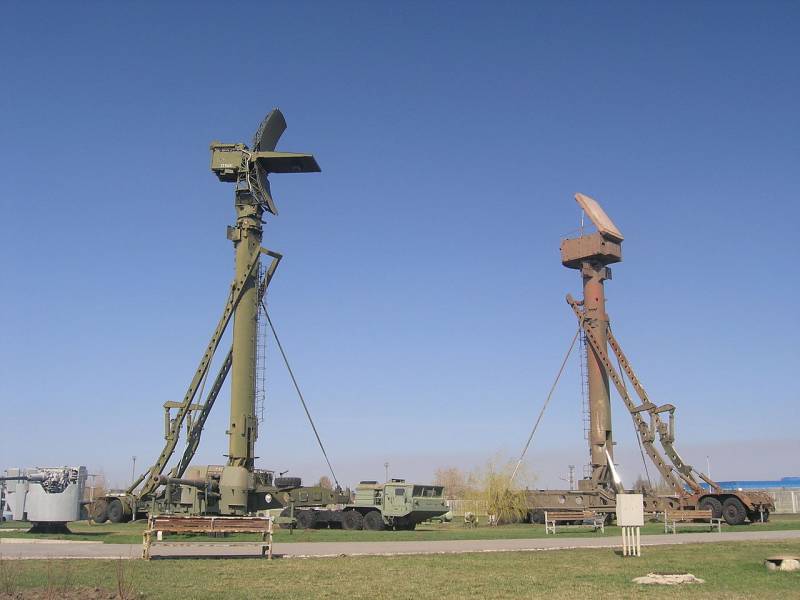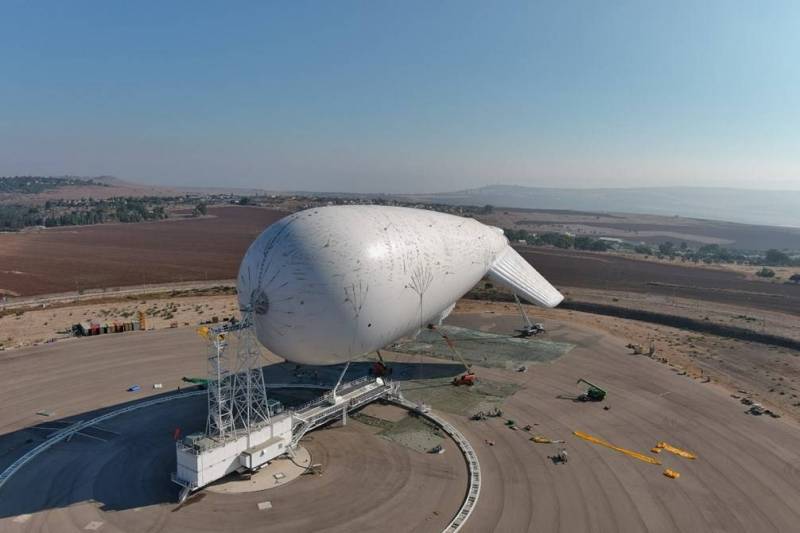Is it possible to do without AWACS balloons in the fight against Ukrainian UAVs?
One of the most interesting News In recent days, this is a message that a certain tethered balloon has appeared in the sky over the Rostov region, which is supposedly designed to track and help intercept Ukrainian attack drones. Has there really been a breakthrough in creating a continuous radar field over Russia?
"Oko-1"
Most likely no. Apparently, in video camera frame hit police balloon, which began to provide traffic safety services in the Rostov region back in 2021. This is how the event was then commented edition "Notebook" of Rostov-on-Don:
Police conduct raids using the OKO-1 high-altitude video surveillance system. It is a tethered balloon with a video camera. The complex allows you to monitor the situation from a height of up to 200 meters and within a radius of up to two kilometers.
Since the balloon was filmed from a moving car somewhere above the road, there is an extremely high probability that it was a “police eye” and not a military one. "Oko-1" has the following characteristics: maximum lifting height - 300 m, length - 9,5 m, diameter - 3,6 m, volume - 45 m3, gas - helium grade B, packaged size - 1 x 0,5, 0,5 x 30. The high-altitude surveillance complex is designed for video monitoring of crowded places, cultural and sporting events, special operations and ground facilities; it is easily deployed within XNUMX minutes, after which it is ready for data transmission to the central command post or for radio guidance of the facility’s own security.
In general, this is almost certainly not an AWACS balloon with an overhead radar for detecting Ukrainian UAVs. By the way, are they needed in this form?
In a big balloon
The question is actually debatable. The author of these lines himself repeatedly wrote that tethered AWACS balloons and especially AWACS airships could make a significant contribution to blocking the sky from enemy drones flying at ultra-low altitudes, and would also simplify the task of intercepting cruise missiles, and I do not intend to go back on my words. However, there are important nuances that adequate people have no right to ignore.
Problem number one is that not only is a balloon with an overhead radar capable of seeing low-flying objects, but it itself is clearly visible on enemy radars. That is, it will be a priority target for enemy missiles or attack drones. Therefore, placing them in close proximity to the line of combat contact or even in the immediate border with Ukraine will be risky. This means that AWACS balloons and airships must be high-altitude and located in the deep, safe rear, being an integral part of a layered air defense/missile defense system.
Problem number two is that for the timely detection of low-flying small-sized drones, fairly powerful radars are needed, which will need to be raised to a high altitude and provided with power. Consequently, existing radar installations will have to be adapted to new conditions, which will require certain R&D.
Problem number three no longer relates to technical, but to organizational measures of the army bureaucracy. We will have to create separate balloon radar companies with their own staffing, provide them with logistics, etc. Our clumsy system has not yet learned how to solve such problems at the snap of a finger.
In other words, it is indeed possible and even necessary to strengthen the air defense/missile defense lines with the help of the aerostat component. Operating autonomously for months at ultra-high altitudes over Central Russia, AWACS airships will be able to create a unified radar field over the country. However, in reality this can be done in a few years, if such a task is set at all. Nothing will come out of nowhere by itself.
Is it possible to do something here and now to make life easier for our anti-aircraft gunners?
"Hill"
Yes, you can. The most technically simple solution would be to pour earthen hills, artificially creating dominant heights on the ground on which radar antennas will be installed. Inside them you can place reinforced concrete bunkers, where there will be communication and control cabins, rest areas for crews, generators, etc. There are no innovations here, airborne personnel have been doing all this for a long time.

The efficiency of the slide can be increased even more if a 40V6M universal mobile tower from the S-300P air defense system is installed on it. It was designed specifically to enhance the SAM's ability to detect low-flying targets, and its height is 25 meters. And in the 40V6MD version, a 13-meter section was added to it, as a result of which it was possible to achieve an elevation of the radar above the ground to 39 meters. According to the phase center of the antennas of various radars installed on the antenna, the height reaches all 42 meters!
If you add up the height of the bulk hill and the universal tower, you get a significant increase in the detection range of low-flying targets such as Ukrainian drones. This is what is available in service and can be done here and now, until the problem with ultra-high-altitude AWACS airships is resolved.

Information